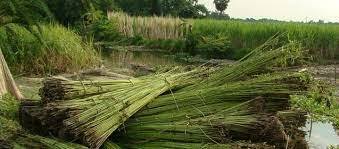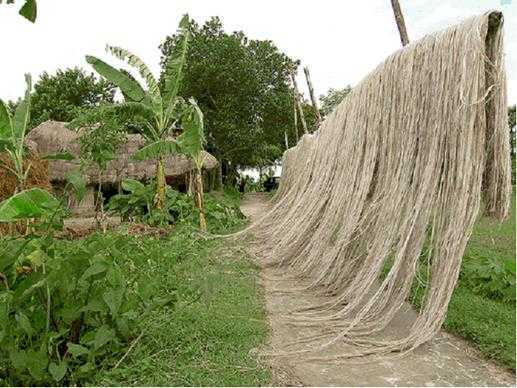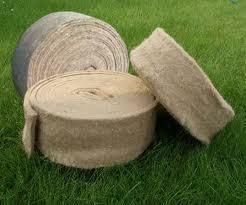Today, jute is one of the most sought-after natural and environmentally friendly materials. This is a tropical plant that can grow exclusively in the humid climate of Asian, African and South American countries. Jute is also grown in Australia.


Content
- Story
- Production features
- Properties
- Application
Story
For the first time, jute is mentioned in ancient Indian writings dated to the end of the second millennium BC. Then almost all Indians wore clothes made of jute fibers. Interestingly, in those days, jute was even eaten. In Europe, jute fabric appeared about 170 years ago. At that time, it was already used as a packaging material. If we highlight the historical reasons for the spread of jute fibers around the world, then it is worth noting 2 factors - the minimum cost and a high level of productivity.

Production features
Today, countries such as Bangladesh and India are considered the largest producers of jute fabric. In these countries, jute is produced according to the following algorithm:
- Shrub cultivation. The vegetation of jute takes about 4-5 months.
- Assembly after flowering. Given the roughness of jute stalks, its assembly is carried out exclusively by hand.
- Tying the stems into sheaves and waiting for the leaves to fall.
- Soaking in a pond for 5-15 days. This manipulation will allow you to separate the fiber located in the bark of the stem.
- Fiber separation and washing in a pond. All operations are performed exclusively manually.
- Hanging and drying in the sun for several days.
- Sorting fibers and selecting those that can be used to make yarn.

Properties
The demand for jute fiber is due to its unique properties. First, it should be noted hygroscopicity. Jute is able to absorb moisture and stay dry to the touch. Secondly, it is a durable material. Jute products are almost impossible to break. Thirdly, jute fabric is practically not subject to stretching and other deformations. Its advantages should also include:
- breathability;
- antistatic;
- low level of thermal conductivity (due to this quality, jute heat insulators are actively used);
- visual aesthetics;
- low cost and, accordingly, market value.
The advantage is the possibility of processing this material. It completely decomposes and does not emit harmful substances. If we talk about the minuses, then we can note the roughness and dryness of jute. But these minutes are eliminated even at the jute fiber production stage.

Application
Jute materials featured on https://ecojute.ru/, can be used in various fields of activity. Most often, jute fiber is used as a packaging material. Jute sacking does not allow moisture to pass through and reliably stores a variety of goods (from tea to cement). Jute fiber is also used for interior decoration, insulation of wooden houses, furniture production and needlework.
